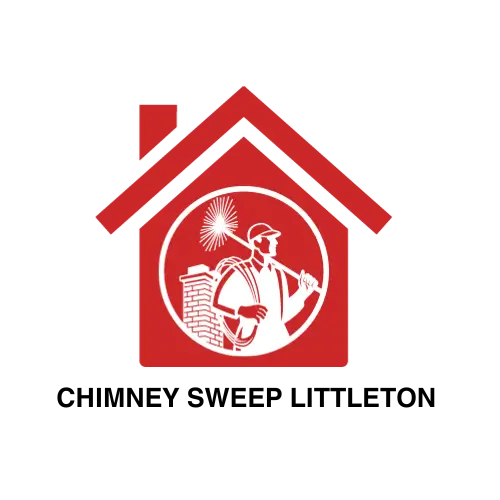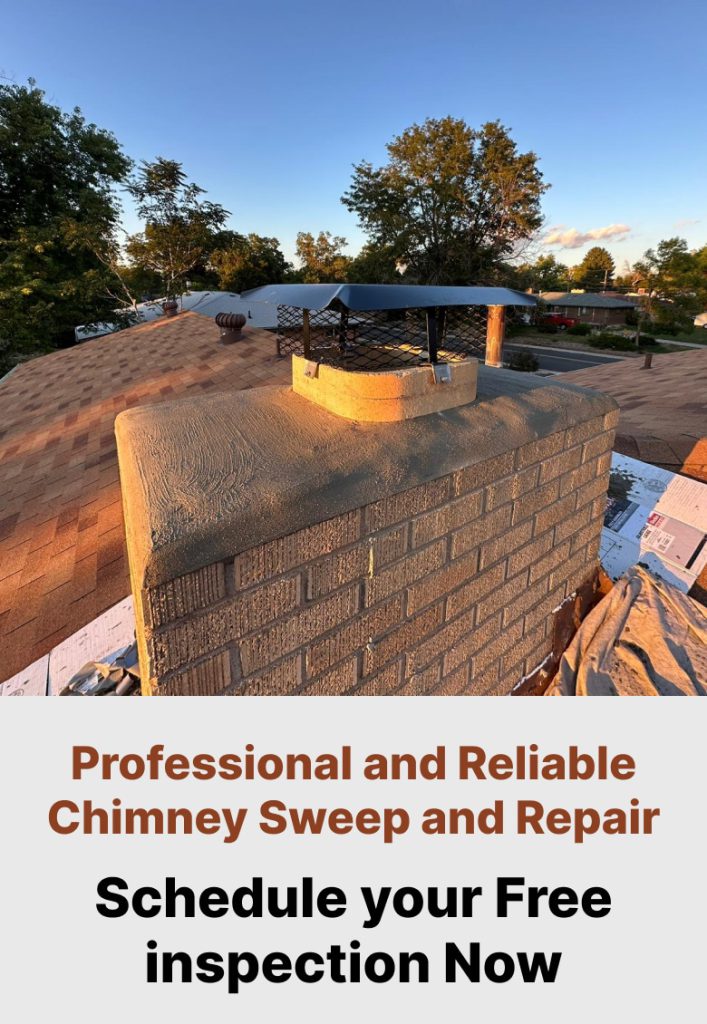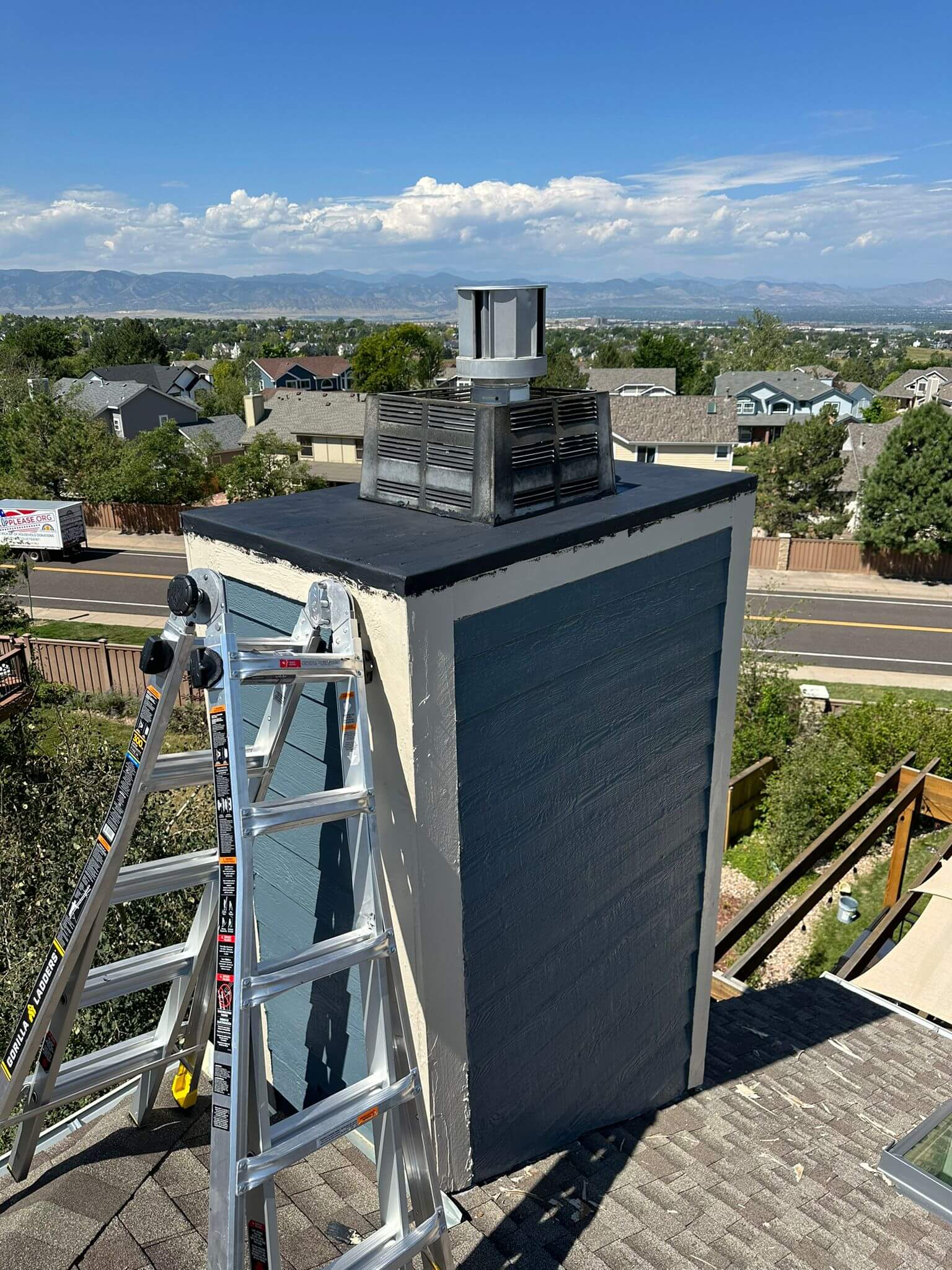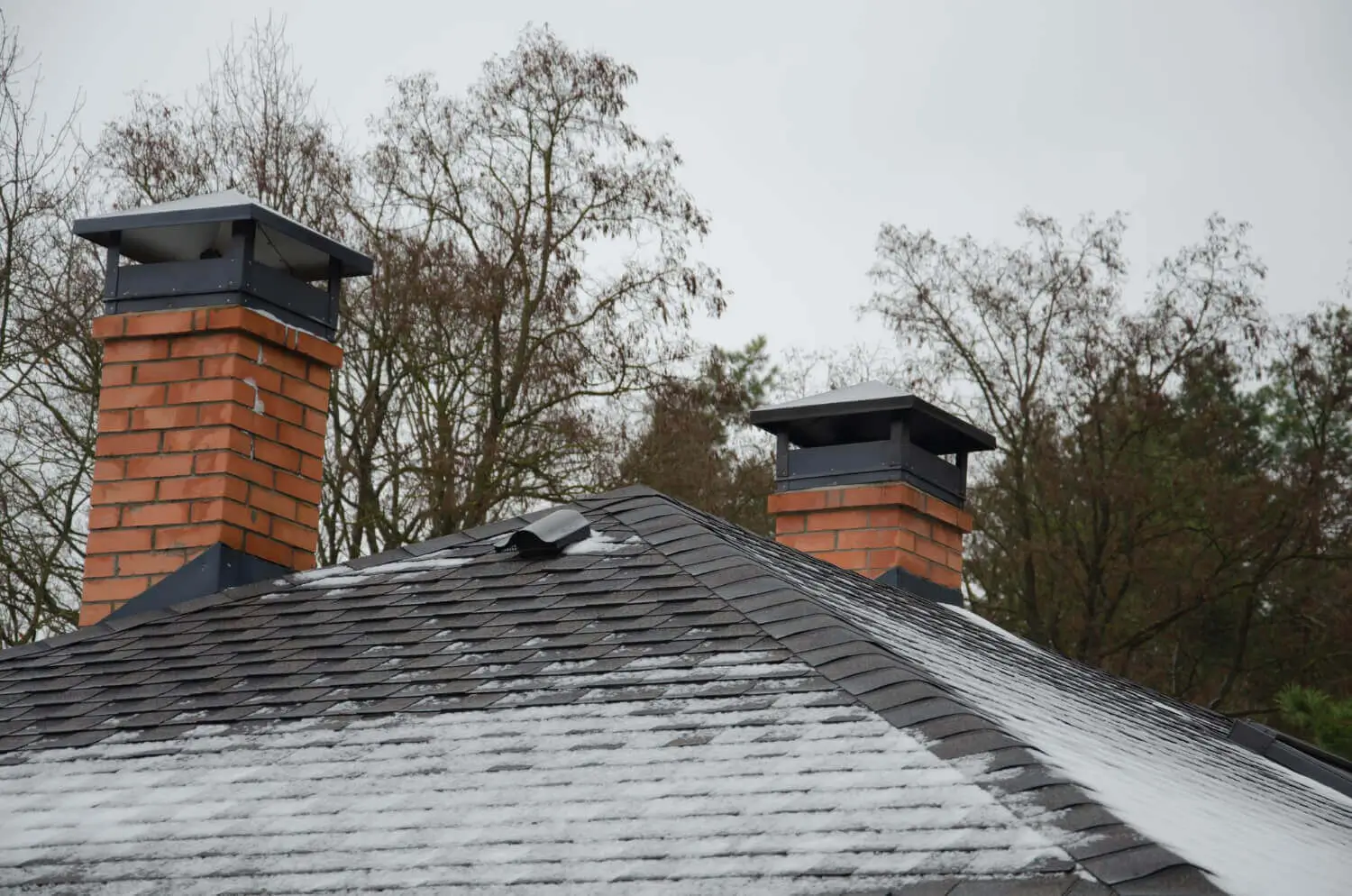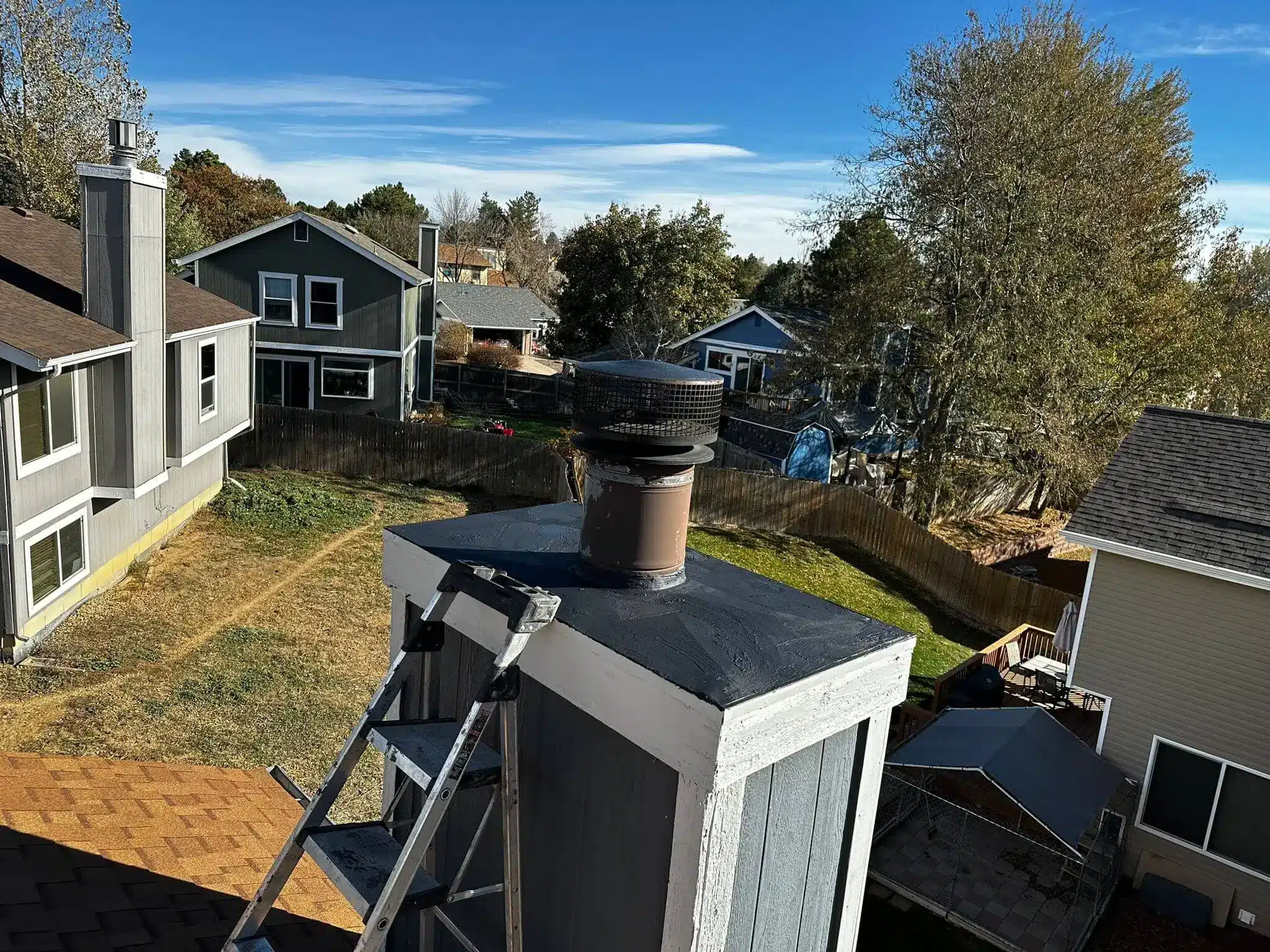Signs To Replace Your Chimney Liner
Signs and damage are not always apparent.
As tough as brick masonry can be, it cannot completely withstand the regular exposure of high heats forever. The fumes and byproducts of smoke building up against your masonry can cause it to deteriorate overtime. The deterioration can begin as small cracks then spread to other parts of your chimney or roof. This will cause noxious gases to seep into your home and corrosion to the masonry itself.
You may or may not smell smoke
The carbon monoxide can creep back into your home undetected and is a recipe for disaster. If your chimney flue fails to vent the smoke out of the chimney, this odorless gas can enter back into your home causing respiratory problems and carbon monoxide poisoning to you and your family.
Small pieces or flakes falling from your chimney
Small flaking debris of creosote are signaling build up. This debris in your liner can combust leading to a serious fire.
A bad install
A faulty installation can set you back and cut your new liner lifespan in half. Technicians may cut corners and install an incorrectly sized liner. Your chimney liner can become warped and damaged in the process. This can prevent your fireplace from maintaining heat and improperly ventilate the smoke posing a dangerous risk to your home. An inspection and second opinion can rule out if your liner was installed properly and up to code.
You decide to replace your appliance and change the flue type
Once you decide to switch your appliance, your liner should be properly sized and replaced accordingly. Appliances have different compatibilities with different fuels. A new modern appliance cannot be installed with an old
If you notice any of these signs, its time to get your chimney checked! Minor damage can develop a domino effect of problems for the entirety of your chimney and home.
Types of Chimney Liners
Stainless Steel
Stainless steel is a popular option. It is easy to maintain, durable and lasting. Insulation material provides additional safety. They are suitable for different flue types, does not corrode and come with a lifespan of 15-20 years if installed properly.
Aluminum
Similar to stainless steel, durable and long lasting but limited as it is only used for certain gas appliances.
HeatShield
HeatShield is a formulated Cerfractory material restoring your current chimney liners integrity. This material is coated throughout the liner sealing cracks and the joints, a quick solution and alternative to a liner replacement. The condition of you existing liner will determine if this is an option.
Clay
Clay constructed liners are typically found in older homes meant to last up to 50 yeas. Often they are not built to the correct size for a proper flue function. Many of these clay liners corrode quickly in cities where climate is variable, deteriorating in as little as 5 years.
Your Chimney Liner Has A Crucial Role
It is important that your liner is at optimal functionality to safely and efficiently maintain your chimney. Other things to consider when it comes to a properly functioning liner are energy consumption, ventilation, and overall function.
Yearly inspections are key to ensuring your chimney is up to code. There is no damage too minimal to ignore! If you suspect that your chimney liner may be having issues, call us today and one of our professional chimney technicians can diagnose the condition of your chimney and get started on a solution fast!
